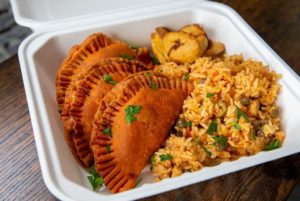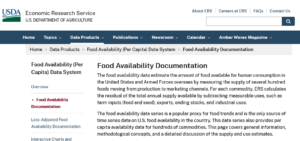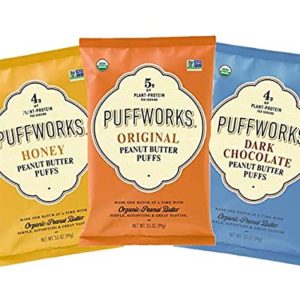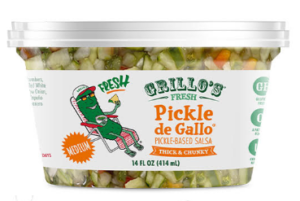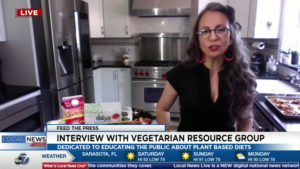Please Show Your Support for all the Good Work The Vegetarian Resource Group Does Year-Round by Donating to VRG Through CFC, Your State Campaign, or Directly to Us!

Despite the present pandemic, The Vegetarian Resource Group continues to be very busy on a daily basis. Below are some examples of successes and activities. Your support through Combined Federal Charity (CFC) or your Local/State Campaign is greatly appreciated! You can also donate directly to VRG at vrg.org/donate
Here’s a sampling of some of our accomplishments and outreach:
● VRG Nutrition Advisor Reed Mangels, PhD, RD, did a webinar on a Plant-Based Diet for 31 Days. Reed also spoke at six virtual seminars for the San Jose Public Library in California. There were separate sessions for teens and parents. VRG interns assisted. Reed also supervised a Mexican graduate student intern from Wageningen University in the Netherlands who completed an extensive project on vegan Latin American foods high in calcium.
● Our VRG volunteer health coach Marcia Schveibinz conducted a webinar for the Lafayette, Louisiana Public Library.
● VRG commissioned a YouGov national youth poll to find out how many 8- to 17-year-olds are vegan or vegetarian. Results are published in Vegetarian Journal and at vrg.org
● The Vegetarian Resource Group submitted comments to the Food and Drug Administration on Labeling of Foods Comprised of or Containing Cultured Seafood cells. See: vrg.org/blog/2021/03/10/the-vegetarian-resource-group-submitted-this-testimony-to-the-fda-concerning-labeling-of-seafood-produced-from-cultured-seafood-cells/
● VRG researcher Jeanne Yacoubou did a podcast with one of VRG’s interns discussing the environmental impacts of diets. Based on his questions, Jeanne will also be doing some updated research on chocolate, bone char, and gelatin. We’ll report on this in the future. Jeanne also compiled a list of several recent (2015 to the present) scientific reports that reveal the relationships between dietary choices and our climate crisis. See vrg.org/blog/2021/02/24/vegan-and-vegetarian-diets-and-our-climate-emergency-scientific-updates-2015-2021/
● VRG donated money to Land of Kush (a vegan restaurant in Baltimore, MD) to give away vegan meals to needy individuals. We also sent I Love Animals and Broccoli and El Arco Iris Vegetariano coloring books to a group in Florida coordinating Vegan Restaurant Week in their area, and that wanted to give a packet to families as they picked up meals. Finally, VRG hosted over 25 virtual interns/volunteers this past year. They all worked/ are working on a number of exciting projects!
This is just a small sampling of what we are doing at VRG every day. Thank you so much! We couldn’t do this without your support.
You can donate directly to VRG at www.vrg.org/donate
You can also mail donations to The Vegetarian Resource Group, PO Box 1463, Baltimore, MD 21203 or call in your donation to (410) 366-8343 Monday through Friday 9am to 5pm EST.
